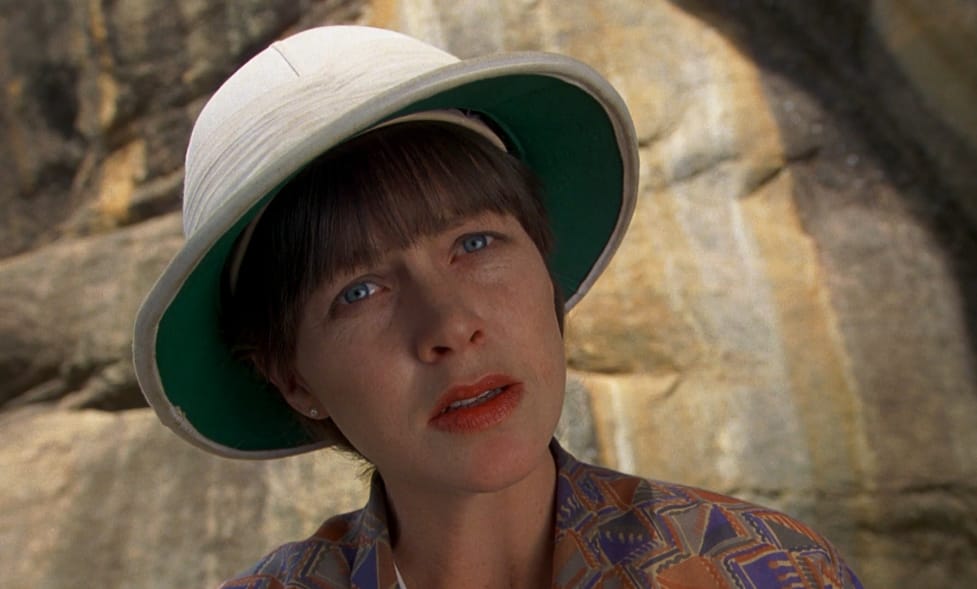
We don’t come across too many historical epics, or epics in general these days. With their huge budgets and complicated production plans, they’re often a pain to make, and with their lengthy runtime they aren’t the biggest audience catchers, so it makes sense we don’t see them too often and when we do, it is most likely part of a big franchise or attached to a famous name.
Their large scale with spectacular sets and impressive ensemble casts are quite the sight to behold. These last years, we did see plenty epics in the form of Superhero films like the Avengers films and we did also get a bunch of top-notch war epics like Dunkirk and 1917. Although these latter examples, the war epics, are historical epics as well, they are talked about more than enough already. Instead we will highlight 10 great historical epics that should be talked about more.
1. Red Cliff (2008) and Red Cliff Part II (2009)
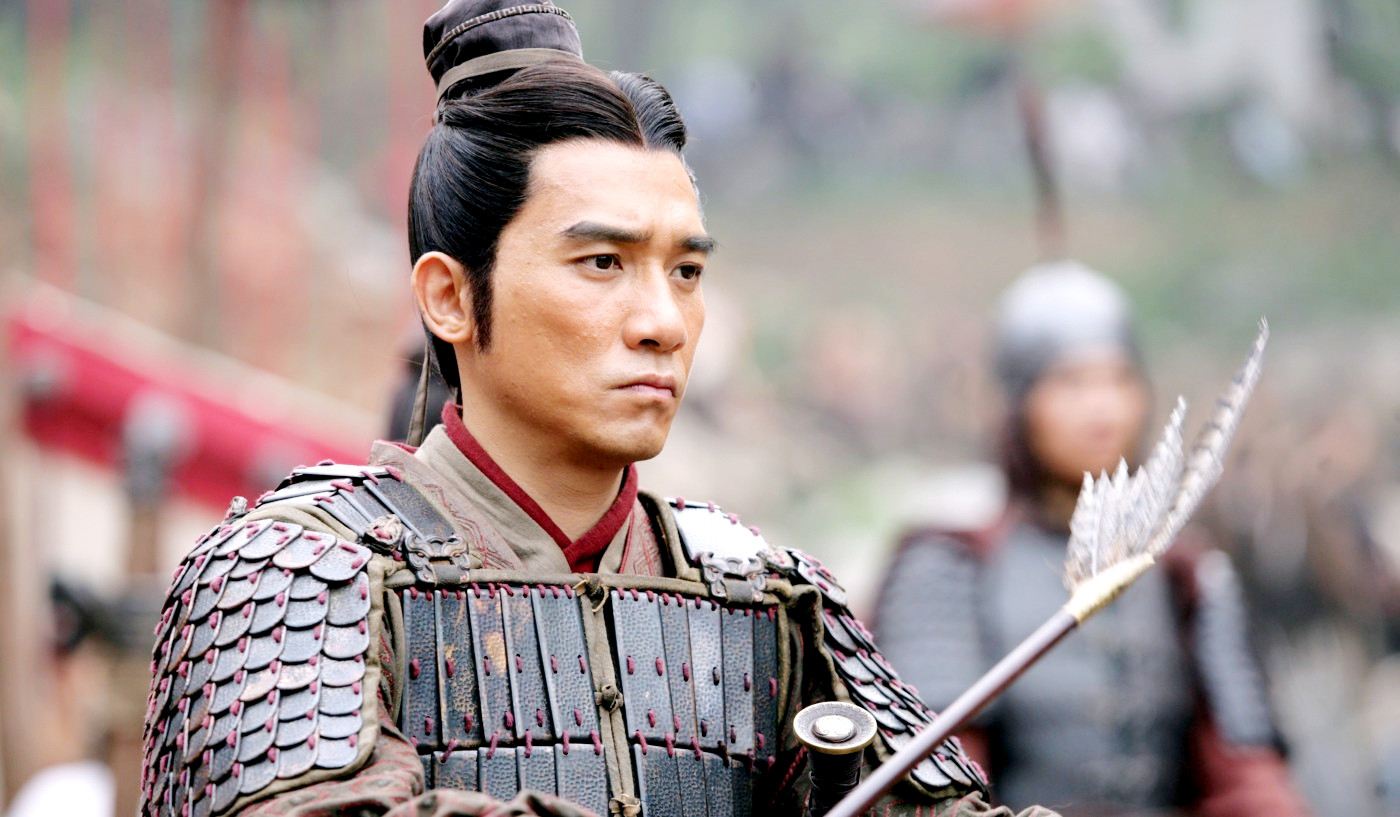
This 288-minute-long epic tells the (heavily fictionalized) true story of the final days of the Chinese Han Dynasty in 208 A.D. In these last days there’s a war declared between the army of the Emperor and the kingdoms of Xu and Wu. The war is led by the Prime Minister who, while serving in the name of the Emperor, leads the army against the joined forces of Xu and Wu. In Part One battles are fought on land and in Part Two, this shifts to the water, where thousands of ships will battle at Red Cliff.
Red Cliff feels like John Woo’s welcome home project after a detour to Hollywood. With it he has a clear vision and goes all out, laying his full trust in the audience. The films are filled with over-the-top characters that could easily lead their own spin-off franchises, since they’re all comparable to real life super heroes. There is crazy moment after crazy moment in Red Cliff that easily could be left out, but when left in it makes for a whole that’s so absurd that you can only admire it.
2. The Colossus of Rhodes (1961)
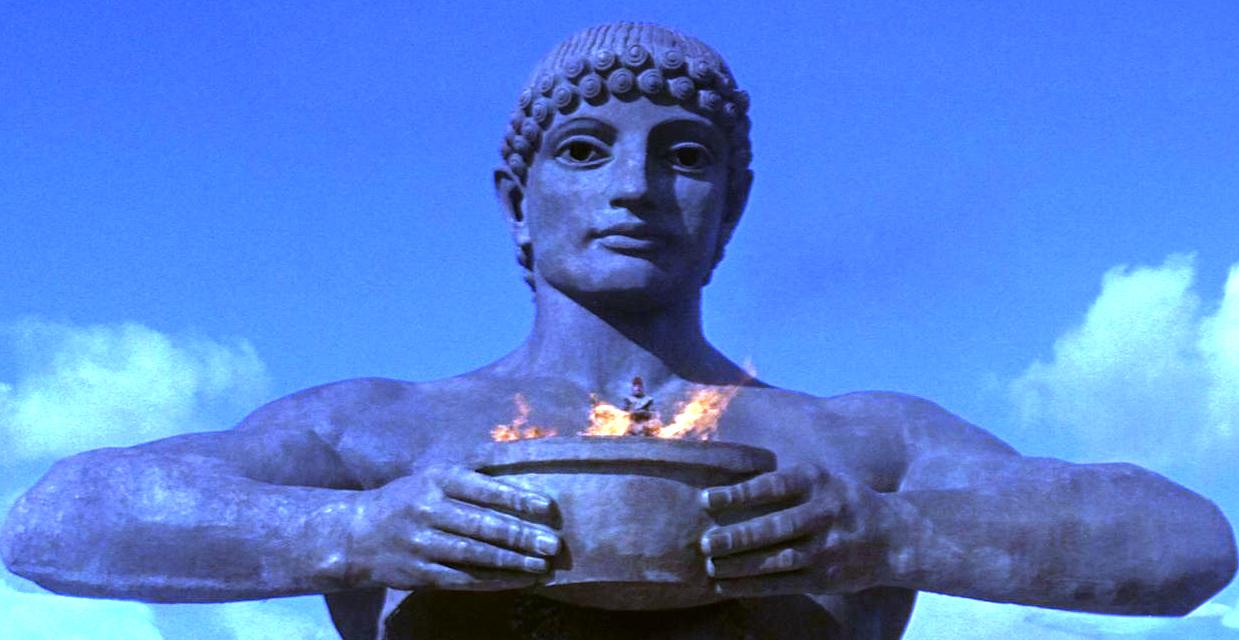
Sergio Leone’s first solo-directed film is not one of his famous spaghetti westerns, but rather his poorly received attempt at a peplum, or ‘swords and sandals’ film. In it, Greek war hero Darius visits his uncle in ancient Rhodes as the island has just finished building a colossus of Apollo. King Serge celebrates a new era by organizing a lavish party, but rebels, with the help of the evil minister, Thar, seek to overthrow the King and his government. With Darius helping out, the rebellion is put to a halt, but when an earthquake hits Rhodes, it shakes up not only the statue, but the balance of power the island as well.
Maybe it’s because it’s the only non-western film, or maybe because it’s the only one were Ennio Morricone didn’t compose the music, either way it’s a shame that The Colossus of Rhodes somehow seems to be forgotten. It might as well be the weakest of Leone’s filmography, but that won’t say much, since all his westerns can be considered favorites of the genre. Even though it might not be as good as his other work, the immense scale that the sets and costumes portray is admirable.
3. Baahubali 1: The Beginning (2015) and Baahubali 2: The Conclusion (2017)
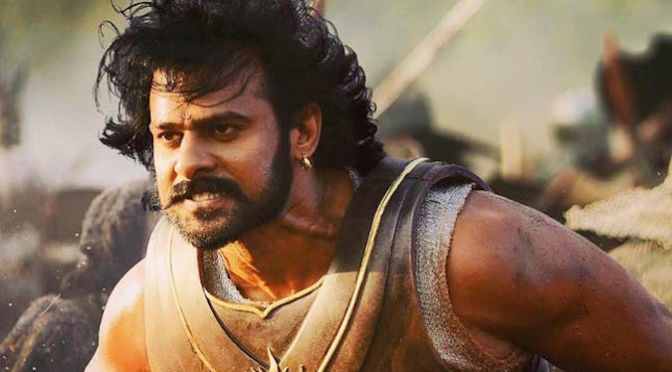
Now you might raise your eyebrows upon reading this entry, since Baahubali doesn’t seem historical at all, but first of all: The two entries above are heavily fictionalized works as well, and secondly: Epic historical films are not only taking place during historical events, but during mythical events as well. So even though there could be doubt, Baahubali definitely deserves its place on this list. And worry not, since this is the least historical entry that you’ll see. With that out of the way we can talk about the 5+ hour tale that’s one of the maddest productions coming out of Bollywood.
The film is all kinds of crazy like Bollywood productions often can be, but this sure isn’t a negative thing, but rather a stylistic choice that works perfectly with this story. From over-the-top action to over-the-top musical interludes, side plots, and CGI, it has it all and it wouldn’t be the same without it.
A quick synopsis without spoilers for a five-hour long movie is bound to miss important plot points, but if you’re curious, here’s an attempt at it anyways: In the first film a baby is saved from drowning in a river and named Shivudu by his rescuers who live in a beautiful valley. With growing older he becomes braver and desperate for adventure. Against the wishes of his now-mother he climbs the mountains that lead him out of the valley and comes across a tribal warrior, Tamanna, with whom he falls in love. He decides to help her on her quest to rescue someone from the tyrannical king Balla. The second film is, similar to Red Cliff, the second half to the story, but starts on a very different note; with a narrated looking back on the kingdom of Balla that was supposed to be ruled by Balla’s cousin, the beloved Baahubali.
4. Ivan the Terrible, Part I (1944) and Ivan the Terrible, Part II: The Boyar’s Plot (1958)
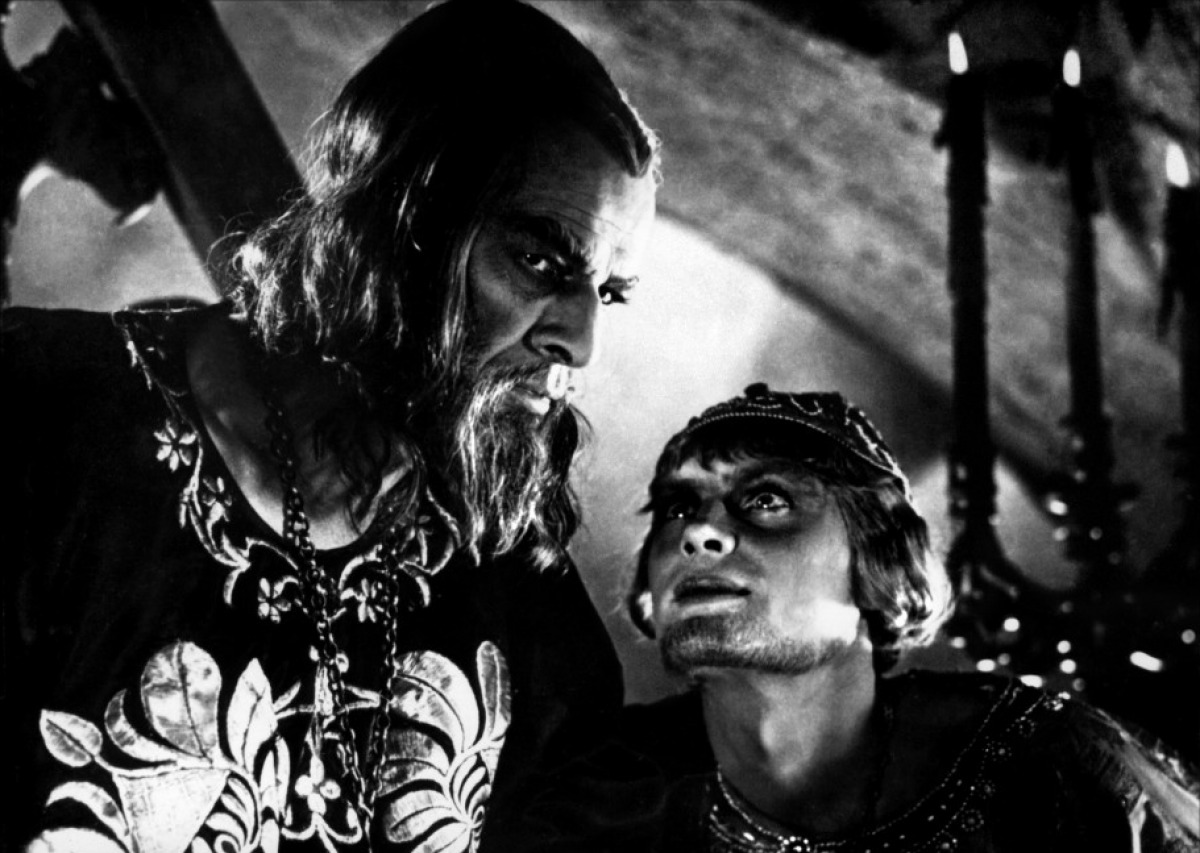
Sergei Eisentein is a Russian director that’s known as the father of montage. With his filmography filled with masterpieces like Battleship Potemkin, Strike, and Alexander Nevsky, he influenced many early filmmakers. Ivan the Terrible was his last project and tells the story of the first Tsar of Russia: Ivan IV.
In part 1, Ivan crowns himself Tsar of Russia and starts reclaiming lost Russian territory as well as playing to the Russian people to keep his popularity high. The first part was commissioned, by Stalin, who was an admirer of Stalin. However, the second part was hold off from release until 1958, since Stalin didn’t agree with the depiction of Stalin therein. A third film was filmed, but destroyed, and never saw the light of day, but even with only two parts, Eisentein’s last project is a work of brilliance.
5. Cabiria (1914)
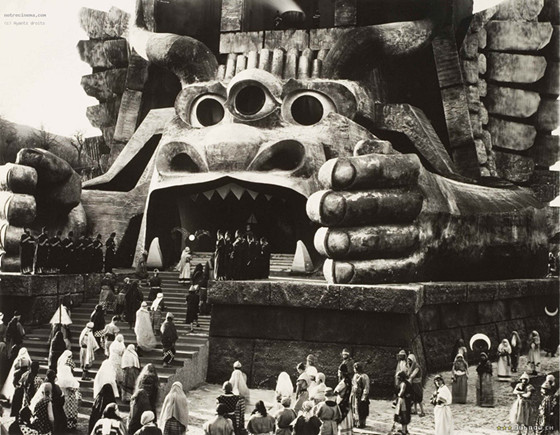
During the eruption of volcano Etna, a young Roman girl, Cabiria, is kidnapped by pirates and sold as a slave to Carthage. Her buyers want to sacrifice her to god Moloch, but before they get the chance, Cabiria gets saved by a Roman noble Fulvio, and his giant slave Maciste. As the Punic wars continue in the coming years, it’s only the question if Cabiria will ever get home.
Cabiria is a classic in multiple senses, most obviously of course its story and its date of release. Besides this, it’s the classic epic film, since it’s often credited as the first one of its kind. It’s not only on this list, because of this, but also because of the quality achieved with, for the time, groundbreaking technologies. Not only is the film credited as the first epic, but also as the first popular feature that used the tracking shot and movement with the camera. It’s safe to say that Cabiria is an important film for the progression of the artform and therefore you could call it a must-watch for the fan of film-history.